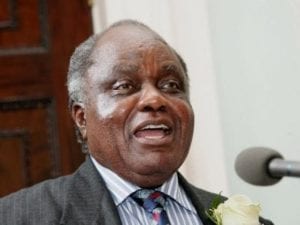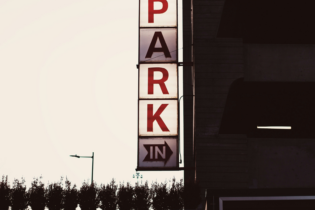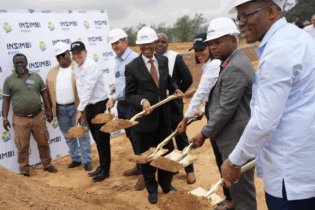In a carnival-like atmosphere attended by the nation’s top political leaders and business elite, President Hifikepunye Pohamba last Thursday officially inaugurated the Northern Railway II Extension and commissioned a new railway station.
Amidst pomp, colour and pageantry, the long-awaited N$87 million Northern Railway II Extension was officially opened along with a new railway station.
The overall project is planned in three phases, namely, Phase One, Tsumeb – Ondangwa comprising 246 km completed 2006; Phase Two, Ondangwa – Oshikango 60 km still under construction and Phase Three, from Ondangwa to Oshakati, 38 km, still to be started.
The ceremony began with the boarding of the Omugulugwombashe Express train by Pohamba, Founding Father and initiator of the project, Dr Sam Nujoma, and a host of other dignitaries from the equally new Augustus Nghaamwa railway station who escorted them in style to the main event held at the new railway station.
The main event took place at the railway station named after one of Namibia’s fallen liberation struggle heroes, Reverend Theofelus Hamutumbangela, of the Anglican Church. It was attended by Queen Martha Mwadinomho waKristian yaNelumbu of Oukwanyama, Angolan Minister of Works and Transport, Augusto da Silva Tomas, most of the regional governors, senior police officers and the community, amongst others.
It was indeed a historic moment in the colourful history of Namibia.
The northern railway, the culmination of a dream well planned and executed by the never-say-die Nujoma, became a reality in a vibrant and traditional ceremony held at the border town of Oshikango. Nujoma, who initiated the railway project and has supported it since its inception, was accorded a traditional welcome in Namibian style that led to yet another moment of glory – the inauguration of the Northern Railway Extension II by President Hifikepunye Pohamba.
Addressing those present, Pohamba said the completion of the second phase is an achievement for all Namibians, irrespective of their political or religious affiliation.
The new rail line is an ambitious plan to link landlocked countries in Southern Africa, eventually opening up new trade routes for goods travelling between the countries.
The new railway line between Tsumeb and Oshikango is an extension of the existing Namibian railway system.
The new line will eventually be linked to the Angolan railway system at a point near Cassinga/Chamutete in Angola.
This railway line forms part of the Trans-Cunene Corridor which has to be regarded as a development chain to promote development, economic growth, eradication of poverty and the creation of employment possibilities in southern Angola and north-central Namibia. “This is a great achievement by our nation and a dream come true,” Pohamba stressed, adding that with the completion of the first two phases, Namibia now has a railway network covering the entire north-south stretch of the country from the Ariamsvlei border post to the Oshikango border post. The Head of State added that the completion of the project has opened up new opportunities for trade and commerce within the country, as well as between Namibia and other countries in the SADC region. “More specifically, the railway line creates a direct transport link to South Africa through our southern border and to Angola on the northern border,” he noted. Pohamba then unveiled a copper plaque mounted on a granite slab at the entrance to the platform. Engraved for posterity on copper is the inscription ‘Northern Rainway Line Extension Phase II and Reverend Theofelus Hamutumbangela Railway Station were officially inaugurated by His Excellency, Hifikepunye Pohamba President of the Republic of Namibia on 5 July 2012.” The Angolan Minister of Works and Transport, Augusto da Silva Tomas announced at the event that his country was also busy upgrading its railway networks throughout the country. The day’s activities were concluded with cultural performances by the Ndilimani Cultural Troupe and traditional performances from all 13 regions.







